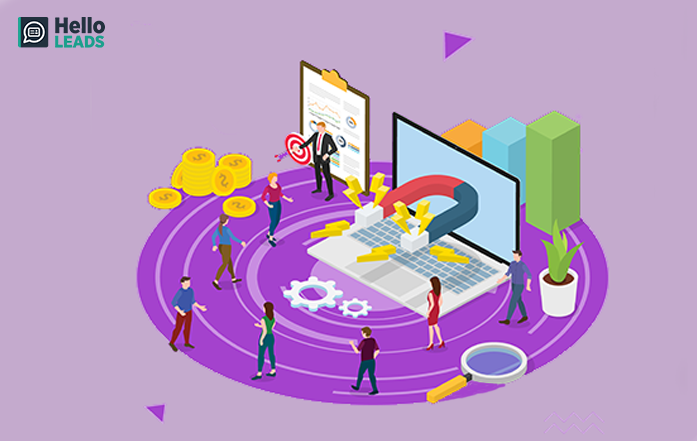
To grow a sustainable business, it is crucial to manage customer retention. Harvard Business School research indicates that increasing customer retention by only 5% can increase profits by 25-95%.
The cost of acquiring a new customer is often 5 to 20 times greater than the cost of retaining an existing customer. To make problems worse, initiatives that exclusively seek to recruit new consumers are frequently implemented instead of customer retention measures. Even though casting a wide net is efficient for fishing, one-time clients won’t keep a company afloat.
What is Customer Retention?
Retention is a metric used by businesses to gauge customer loyalty over time. To ensure that customers remain loyal to a business, companies will implement various tactics to reduce the number of customers lost in a period.
Customers are deemed loyal when they repeatedly choose to buy your goods or services over time. A devoted customer who makes multiple purchases over the course of a year has greater influence than many customers who just make one purchase. When you put your customers’ happiness and loyalty first, you can rely on their business much more than you can on a new customer.
Why Customer Retention is important?
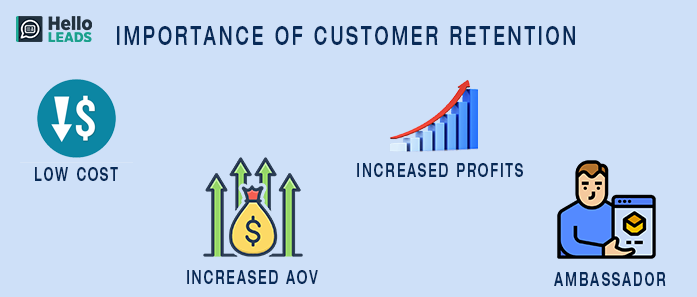
Customer retention is important because it can help you know if your customers are loyal and satisfied, if your customer service is effective, and if you are setting off any red flags for potential customers. In the long run, customer retention pays off:
- Low Cost: As per reports, 82% of companies say customer retention is cheaper than customer acquisition, yet many spend much more on acquisition than nurturing their existing customers.
- Increased AOV: Retention of current customers is much more cost-effective than acquiring new ones, and those customers are also willing to spend more over time. A repeat consumer is 23% more likely to make a purchase from you.
- Increased Profits: Profits will be increased if you take care of your customers and keep them for a long time. Increasing customer retention by 5% can increase profits by 25% to 95%, and existing customers provide 65% of a company’s revenue.
- Brand ambassadors – Loyal clients are more likely to promote your brand by sharing their great experiences. It’s priceless. 60% of consumers share their brand loyalty with friends and family. Customer retention is a must-have for your business as word-of-mouth grows exponentially.
How to Calculate the Customer Retention Rate?
Customer retention rate (CRR) shows the percentage of customers that a company has retained over time.
CRR = ((Customers at end of the period – new customers during this period) / Total customers at the start of the period) x 100
10 Customer Retention Tactics Your Brand Should Use Right Now
To keep customers coming back, keep these key areas in mind when creating your customer retention plan.
1. Build customer trust and long-term relationships.
To foster customer trust, every aspect of the customer experience must be strategically considered. Building long-term relationships requires providing relevance and value at every stage of the customer journey.
- Before and after purchasing your product or service, inform your customers on how to use it effectively
- With multiple service channels and fast, accurate responses, provide outstanding customer service
- Communicate frequently across all channels
- With features such as fast shipping, free returns, and/or mobile pickup orders, such as Starbucks’ Mobile Order & Pay, you can offer convenience to your customers
It is important to listen to your customers and empathize with them to build trust. Providing personalized experiences is enhanced by listening to customers.
2. Frequently Ask for Feedback
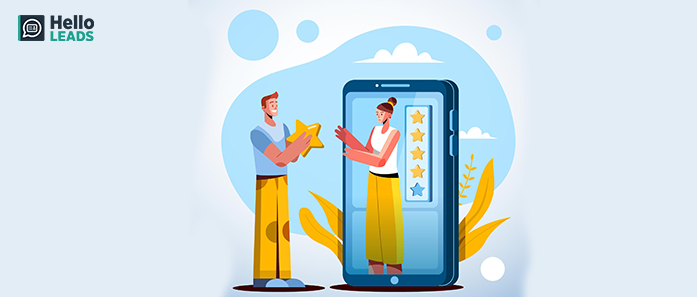
Whatever your customers say, don’t be afraid to ask them how you’re doing. Positive feedback feels pleasant, but negative feedback is often more influential. Customers won’t buy from a business again if they’re not satisfied. The responses provided by dissatisfied buyers may be used to improve poor service in the future, making it easier to retain customers.
The results of a single survey or poll should not be used forever. As times change, so do shoppers’ needs and wants. Ask questions periodically and compare the newest results to previous feedback requests.
3. Make your offers and communications more personalized.
Make your marketing offers and messages more relevant to your customers by using the customer data you’ve collected. There are four types of offers:
- Mass Offer: Generally, everyone in a given program can take advantage of this offer, regardless of their demographics. Providing a 10% discount to all members of our home goods store would be a mass offer.
- Segmented Offer – With a segmented offer, the customer base is segmented into groups based on a particular data point. Everyone in that group is eligible for the same offer, and group-specific messaging may be sent to them. . Although this provides a small degree of personalization, it does not take individual preferences into account when creating the offer.
- Personalized offer: The offer is customized based on the consumer’s preferences and purchase history and includes unique actions and rewards.
- Dynamic offers: Machine learning and automation are typically used to build dynamic offers that are highly flexible and powerful. Machine-learning-calculated actions and rewards are applied to construct the dynamic offer template. Consumers can select from simple, one-step dynamic offers to more robust offers that require multiple steps. These offers can be created, measured, and optimized using dynamic offer platforms. Personalized-offer approaches have historically faced scale and continuous optimization challenges because of this.
4. Don’t just sell — Educate
Don’t leave your customers to fend for themselves after they sign up. To learn how to use your product, new customers require simple resources.
You can train new customers in many different ways:
- Help new customers get started by offering tips and tutorials on the product.
- To guide new customers through the process of learning how to use your product, send a series of lifecycle emails.
- Provide one-on-one training sessions with customer support, sales, or onboarding.
- Provide self-service training resources online for new customers.
5. Capture Your Product’s Momentum
Your company feels the momentum when exciting improvements are being made to your product. Are your customers feeling the same way? If you don’t share your work, they won’t. Execution is what matters, whether this falls under product marketing or not. You can generate excitement among your customers by demonstrating what your updated features can do for them. We, at HelloLeads, have been running preview posts to generate excitement about what customers will be able to accomplish with the enhanced features of our tool. This is because we prepare to introduce major improvements to our Beacon product.
6. Provide Quick delivery with easy returns and refunds
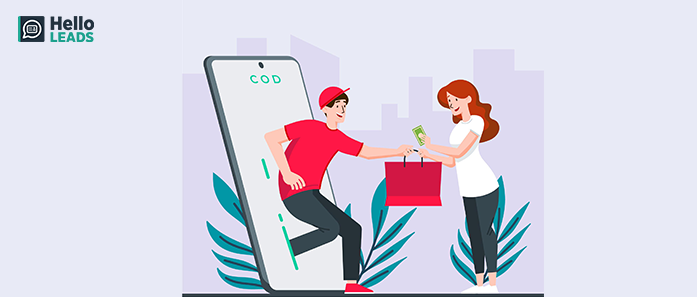
The majority of customers wait a few weeks before receiving a product, but some want or need the item immediately. You may attract some customers back to your business if you offer the option to get something days or weeks earlier than your competitors. Making returns nearly impossible and refusing to offer refunds is one way to ensure customers won’t buy from you again. Customer service includes returns and refunds. Making the process painless and reasonable is therefore crucial. Customers will be more likely to return to you for future purchases if they believe you will treat them fairly after the sale.
7. Build your customer loyalty programs the right way
Understanding why customers use loyalty programs and what keeps them using them is the key to creating successful ones. To ensure that your loyalty program is set up correctly from the start, there is a ton of research on customer loyalty programs.
- Make loyal customers feel appreciated. Use the Endowed Progress effect. An endowed progress effect is an idea that if you give a person some type of artificial advancement toward a goal, they will become more motivated to accomplish it.
- Make ideal customers feel like VIPs. Retention programs have shown that members love to be VIPs or “gold” members. This only works when people know there is a class below them on the totem pole.
8. Reward your loyal advocates
When your customers recommend your product or service to others, let them know you appreciate it! Whenever you see someone recommending your business on social media, for example, respond to let them know how much you value their opinion. Giving existing customers a gift card or voucher when they refer someone who becomes a customer is another way to recognize your brand advocates.
9. Gamification will delight your customers
In the world of gamification, surprise and delight are the buzzwords that work well because they work, and that’s why they’re overused. Games are extremely effective at motivating customers because they tap into their competitive tendencies while also stimulating their reward centers.
Incorporated into game mechanics, gamification increases customer engagement, improves sales, and strengthens brand loyalty. Gamified loyalty programs allow you to engage with customers in a modern way.
In the early days of gamification, loyalty programs often had badges or cartoonish elements designed to feel like video games. They didn’t build relationships with customers since they didn’t convey any status or value. Modern gamification, on the other hand, uses customer data insights to create experiences with multiple steps that drive business results for brands and customers.
10. Foster Word-of-Mouth Support
Getting new customers is easy to associate with word-of-mouth advertising. Word-of-mouth customer advertising can, however, be used to retain customers. In the end, word-of-mouth advertising builds consumer trust in your products or services.
An existing customer learns from a friend how pleased they are with your service. This can not only generate new business, but it can also start a chain reaction of satisfied customers spreading positive word-of-mouth messages about your brand to their friends, on social media, and so on. Whenever possible, you should encourage word-of-mouth support. Encourage customers to share their thoughts on TikTok and Instagram by retweeting their positive feedback on Twitter. The more visible and acknowledged your loyal customers feel, the more likely they will use their own online and in-person channels to share impressions about your company.
Are you using the right customer retention strategy?
With a list full of excellent customer retention strategies at your disposal, what will you choose? Customers will be happy to purchase from you as long as you keep their needs in mind and keep their satisfaction as the highest priority
Share this blog :
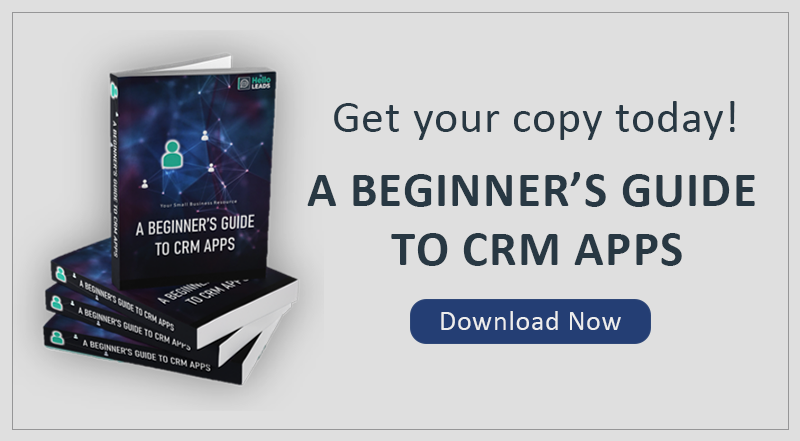
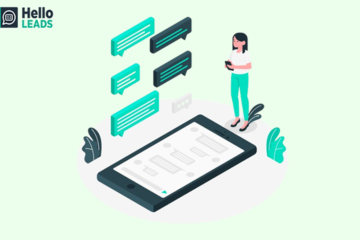
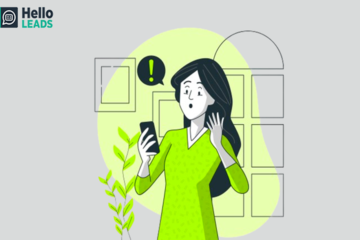










Leave a Reply